 | ArianeGroup is a world leader in access to space, working for its institutional and commercial customers and Europe's strategic independence. |

| ASCOMP is a leading supplier of fluid-flow modelling solutions and simulation tools with emphasis on multiphase systems. The company’s flagship simulation platform TransAT Suite encompasses an exhaustive list of sub-products tailored for specific industry branches: Oil & gas, nuclear engineering, chemical and process engineering, energy systems, water technology and hydraulics, wind and environmental engineering and micro-technologies. |
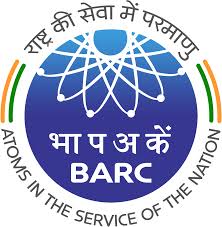 | Dr. Homi Jehangir Bhabha conceived the Nuclear Program in India. Dr. Bhabha established the Tata Institute of Fundamental Research (TIFR) for carrying out nuclear science research in 1945. To intensify the effort to exploit nuclear energy for the benefit of the nation, Dr. Bhabha established the Atomic Energy Establishment, Trombay (AEET) in January 1954 for multidisciplinary research program essential for the ambitious nuclear program of India. After the sad demise of Bhabha in 1966, AEET was renamed Bhabha Atomic Research Centre (BARC). |
 | Bel V, subsidiary to the FANC (Federal Agency for Nuclear Control), is in charge of the regulatory controls and safety assessments in the main nuclear installations in Belgium. Bel V also contributes to the emergency plans put into operation in the event of a nuclear or radiological emergency. |

| CCFE is part of the UK Atomic Energy Authority and is based at Culham Science Centre near Oxford, England – a major international fusion research site since the early 1960s. Today we continue to advance fusion science and engineering as the world comes together to build the first reactor-scale experiment, ITER, in France. Looking a step beyond ITER, we are developing technology and designs for the first fusion power plants. |

| The preliminary work of Daya Bay Nuclear Power Plant in Guangdong province began in 1979, and China General Nuclear Power Corporation (CGN) was founded in 1994. Focused on the development of clean energies such as nuclear power, nuclear fuel, wind power, and solar power. Over 30-years’ experience in R&D and operation of nuclear power projects. The largest nuclear power operator in China. The largest nuclear power constructor worldwide. |
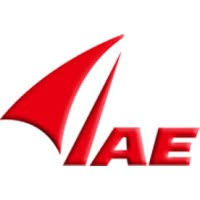
| China Institute of Atomic Energy (CIAE), originating from The Institute of Modern Physics of Chinese Academy of Sciences, was founded in 1950. CIAE is the cradle of nuclear science and technology in China, and also a comprehensive R&D base which is in a leading, fundamental and forward looking position in nuclear field. |
 | ENEA is the National Agency for New Technologies, Energy and Sustainable Economic Development, a public body aimed at research, technological innovation and the provision of advanced services to enterprises, public administration and citizens in the sectors of energy, the environment and sustainable economic development. |

| ENSI, the Swiss Federal Nuclear Safety Inspectorate is the national regulatory body with responsibility for the nuclear safety and security of Swiss nuclear facilities. According to the legislation, nuclear safety is the responsibility of the operator. ENSI reviews their reports, conducts supervisory discussions and monitors nuclear plants – with over 400 inspections a year for instance. |
 | For over a century, Grenoble Institute of Engineering Univ. Grenoble Alpes has been pursuing its first mission by training engineers. Scientific and technologic research, doctoral training, further education, and support of industrial growth have quickly been added to this initial vocation. |
 | The Israel Atomic Energy Commission (IAEC) is the governmental authority responsible for the State of Israel's activities in the nuclear field. The IAEC advises the government of Israel in areas of nuclear policy and in setting priorities in nuclear research and development. The commission implements governmental policies and represents Israel in international organizations in the nuclear field, such as the International Atomic Energy Agency. The IAEC maintains relationships with relevant national authorities of other countries. |

| The Institut Laue-Langevin (ILL) is funded and managed by France, Germany and the United Kingdom, in partnership with 10 other European countries.The research conducted at the ILL is dedicated to both fundamental science (60%) and the modern societal challenges (40%). It covers topics in biology, (green) chemistry and materials science, as well as condensed matter, nuclear and particle physics. |

| The Institute for Nuclear Research and Nuclear Energy (INRNE) at the Bulgarian Academy of Sciences was founded in 1972 and inherited the major part of the former Physical Institute with Atomic Scientific Experimental Base (FI with ANEM) at the Bulgarian Academy of Sciences. INRNE is the largest complex center in Bulgaria for scientific and applied research in the field of nuclear physics and nuclear technologies. Both fundamental scientific problems as well as applied tasks for the implementation of important national programs are developed in it. |
 | International Nuclear Safety Centers (INSCs) have been established in several countries to promote the open exchange of nuclear safety information, to cooperate in the development of technologies associated with nuclear power engineering, and to be international centers for the collection of important information on nuclear safety and technical improvements in nuclear technology. |
 | The INSTN (National Institute for Nuclear Science and Technology) is a public higher education institution administered by the CEA (French Atomic Energy and Alternative Energies Commission) under the joint authority of the Ministry of National Education, Higher Education and Research, the Ministry of the Economy, Industry and the Digital Sector and the Ministry of the Environment, Energy and Marine Affairs. |
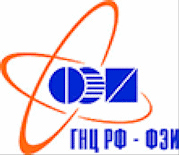 | The Institute of Physics and Power Engineering (IPPE) is a research and development institute in the field of nuclear technology located in Obninsk, Russia. It is a subsidiary of Rosatom. IPPE was established in May 1946 to develop nuclear power technology. The purpose of the Institute was the development of nuclear reactors and to solve scientific and engineering tasks in the field of nuclear power. The Institute had built the world's first nuclear power plant in Obninsk, AM-1, commissioned at IPPE on 27 June 1954. |

| ITER ("The Way" in Latin) is one of the most ambitious energy projects in the world today. In southern France, 35 nations* are collaborating to build the world's largest tokamak, a magnetic fusion device that has been designed to prove the feasibility of fusion as a large-scale and carbon-free source of energy based on the same principle that powers our Sun and stars. |
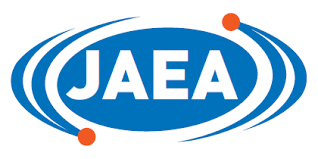 | The Japan Atomic Energy Agency (JAEA) is an Independent Administrative Institution formed on October 1, 2005 by a merger of two previous semi-governmental organizations. While it inherited the activities of both PNC and JAERI, it also inherited the nickname of JAERI, an abbreviated word for "nuclear research". |
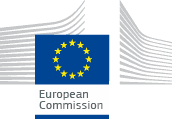
| The JRC facility in Petten brings together multi-disciplinary expertise for providing European policy support and technology innovation related to: Energy, Transport, Climate & Nuclear - to maintain and disseminate nuclear competences in Europe to serve both "nuclear" and "non-nuclear" Member States, to provide policy support in the areas of nuclear safety and contribute to the implementation of the JRC Euratom Research and Training Programme. |
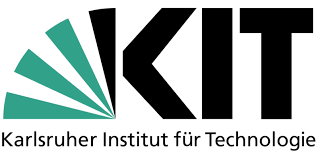 | The Karlsruhe Institute of Technology (KIT; German: Karlsruher Institut für Technologie) is a public research university and one of the largest research and educational institutions in Germany. KIT was created in 2009 when the University of Karlsruhe (Universität Karlsruhe), founded in 1825 as a public research university and also known as the "Fridericiana", merged with the Karlsruhe Research Center (Forschungszentrum Karlsruhe), which had originally been established in 1956 as a national nuclear research center (Kernforschungszentrum Karlsruhe, or KfK). |
 | National Research Center «Kurchatov Institute» is one of the leading research centers in the world and the largest interdisciplinary laboratory in Russia. A substantial part of Russian nuclear physics facilities has been consolidated in NRC «Kurchatov Institute». |
 | Mitsubishi FBR Systems, Inc. (MFBR) is a company formed on July 1, 2007 by Mitsubishi Heavy Industries to develop Fast breeder reactor technology. The establishment of the company was based on the April 2007 decision by the Japanese government to select Mitsubishi as the core company for FBR development. |
 | The MIT community is driven by a shared purpose: to make a better world through education, research, and innovation. We are fun and quirky, elite but not elitist, inventive and artistic, obsessed with numbers, and welcoming to talented people regardless of where they come from. |
 | The Centre for Energy Research (EK), established in January 2012, is part of the research network of the Hungarian Academy of Sciences. Its mission is to perform research and development in the field of nuclear science and technology for facilitating the adoption and the safe use of nuclear technology in Hungary, to participate in international research efforts aiming at the establishing a new generation of nuclear power plants and closing the fuel cycle, to study the interaction of radiation with matter, and to do isotope and nuclear chemistry, chemical analysis by nuclear methods, radiography, radiation chemistry, radiation protection and nuclear security, surface chemistry and renewable energy research. |
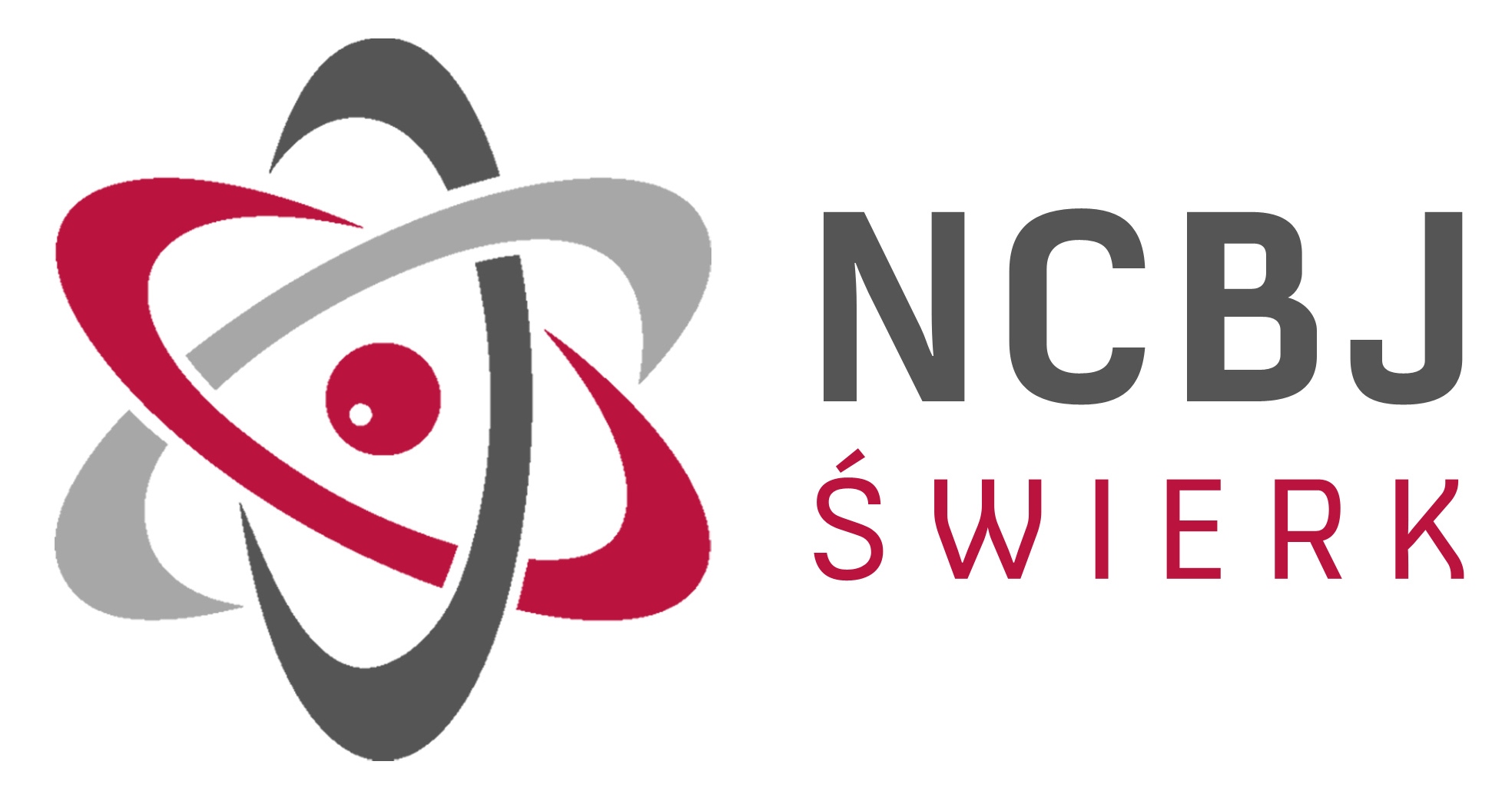 | National Centre for Nuclear Research (NCBJ) came into existence on September 1, 2011 in effect of merging the former Institute of Atomic Energy POLATOM with the former Andrzej Sołtan Institute for Nuclear Studies. NCBJ fundamental/applied research profile combines nuclear power-related studies with various fields of sub-atomic physics (elementary particle physics, nuclear physics, hot plasma physics etc.). |
 | Nuclear Power Institute of China (NPIC), a subsidiary of China National Nuclear Corporation (CNNC), is the only large-scale comprehensive R&D base in China incorporating reactor engineering research, design, testing, operations and small batch production. Since its foundation in 1965, NPIC has established a complete research and development system, including nuclear power engineering design, equipment assembly and supply of Nuclear Steam Supply System (NSSS), reactor operation and application research, reactor engineering testing and research, nuclear fuel and material research, isotope production and nuclear technology application research and services. |
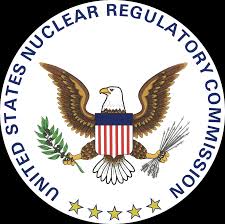 | The U.S. Nuclear Regulatory Commission (NRC) was created as an independent agency by Congress in 1974 to ensure the safe use of radioactive materials for beneficial civilian purposes while protecting people and the environment. The NRC regulates commercial nuclear power plants and other uses of nuclear materials, such as in nuclear medicine, through licensing, inspection and enforcement of its requirements. |

| The Paul Scherrer Institute, PSI, is the largest research institute for natural and engineering sciences within Switzerland. We perform world-class research in three main subject areas: Matter and Material; Energy and the Environment; and Human Health. By conducting fundamental and applied research, we work on long-term solutions for major challenges facing society, industry and science. |
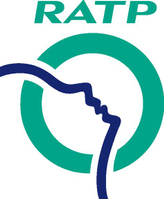 | In the Île-de-France region and around the world, RATP operates and maintains tens of thousands of kilometres of metro, bus and tramway lines, as well as urban and interurban rapid rail systems. |
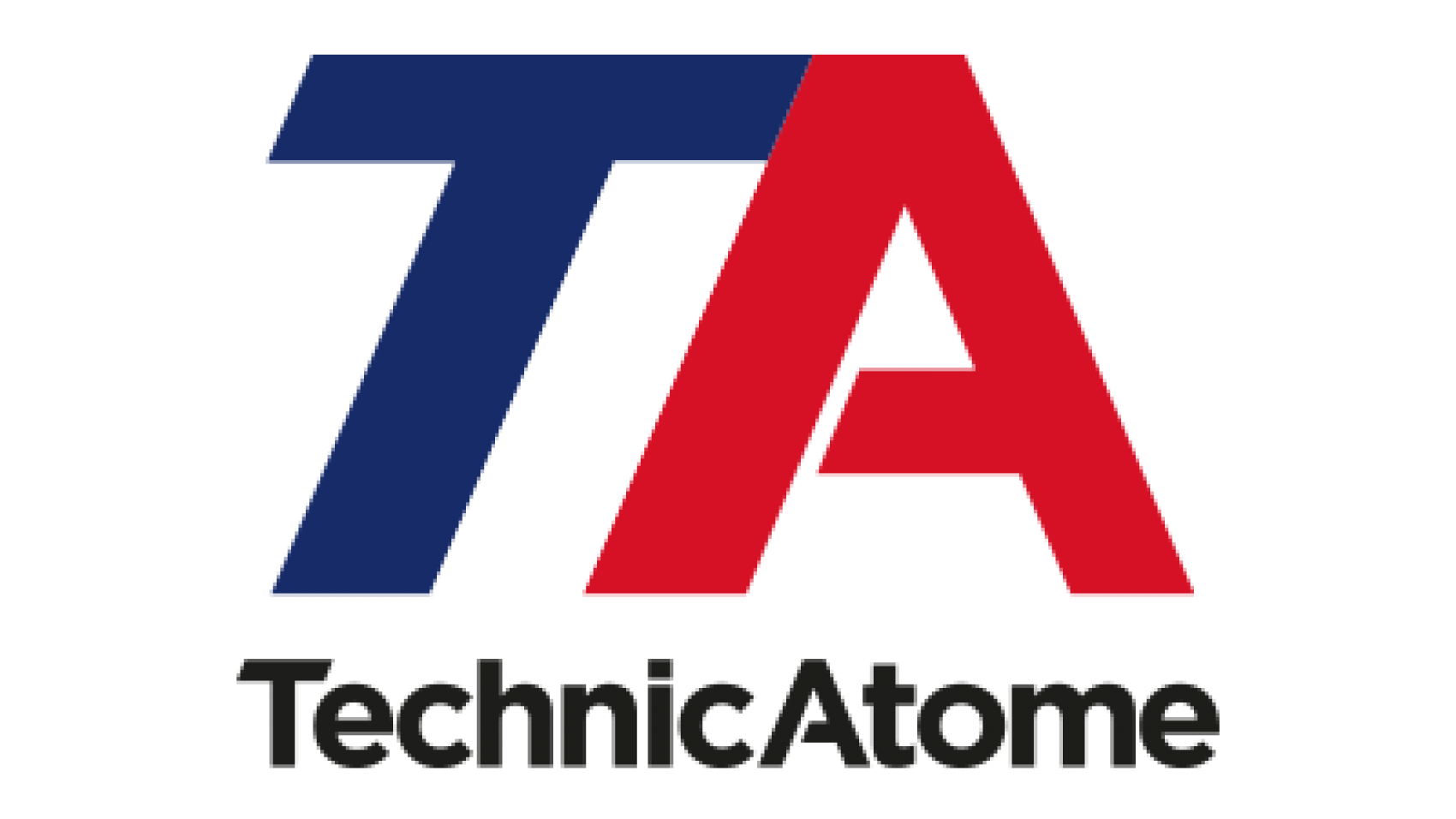 | TechnicAtome is specialized in design, construction, commissioning and operational maintenance of compact nuclear reactors. For over 45 years, it has been providing its nuclear engineering expertise for reactors, fuels and associated facilities, and offers its customers solutions and products that meet the highest standards of safety and availability. |

| The university welcomes 31,000 students in seven locations in Brussels and Wallonia. Its main campus is in the pedestrianised city of Louvain-la-Neuve. Our university offers courses in all disciplines, from bachelor’s degree to doctoral degree level, as well as many lifelong learning programmes. It is also a pioneer in the creation of massive open online courses (MOOCs), and the first French-speaking university in Europe to offer online courses on the edX platform (28 courses available in 2019). |
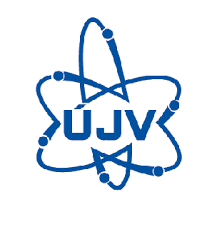 | ÚJV Řež provides a wide range of services, including design, and engineering activities in the fields of energy, industry, and health. For more than 65 years, it has been among the top technology centers in the Czech Republic and Europe. Using experienced professionals and specialized technical infrastructure, it is able to compete for complex engagements in all areas of our scope. |
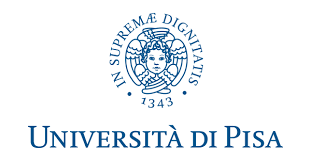 | The University of Pisa is a public institution with twenty departments, and high level research centres in the agriculture, astrophysics, computer science, engineering, medicine and veterinary medicine sectors. |
 | Vietnam Agency for Radiation and Nuclear Safety |
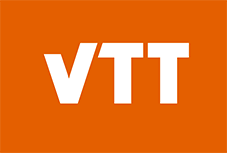 | VTT is a visionary research, development and innovation partner. It drives sustainable growth and tackle the biggest global challenges of our time and turn them into growth opportunities. It goes beyond the obvious to help the society and companies to grow through technological innovations. It has over 75 years of experience of top-level research and science-based results. |
 | VUJE is a market leader in the field of nuclear power engineering and services to support and operate the transmission and distribution systems. It implements comprehensive projects, in the form of turnkey deliveries, from initial documentation to final testing. |
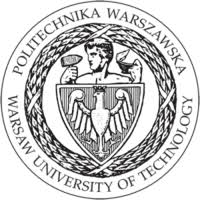 | Warsaw University of Technology builds upon the traditions of Polish technical universities that used to function in Warsaw – the Polytechnic Institute founded in 1826 thanks to the efforts of Stanisław Staszic and the School of Hipolit Wawelberg and Stanisław Rotwand established in 1895. It is not only the oldest, but also the best technical university in Poland; in the ranking of Polish universities, it has taken the first place in its category for nine years. |